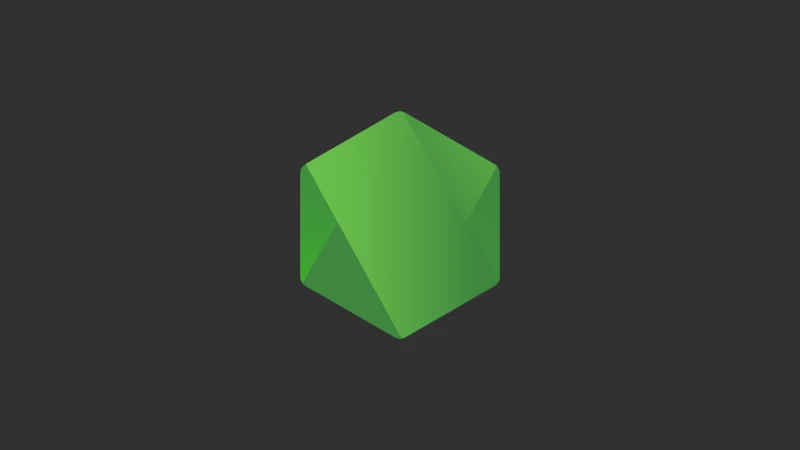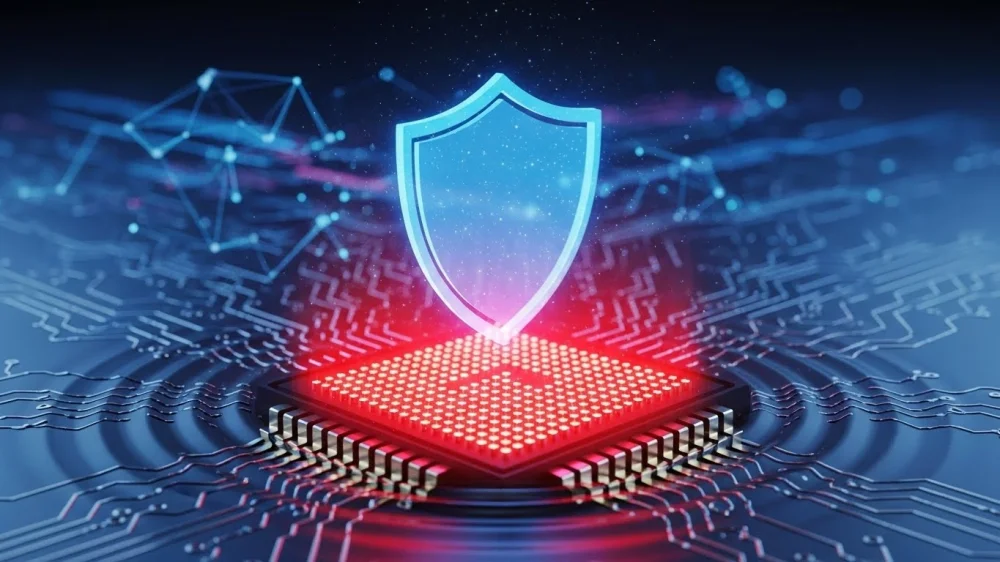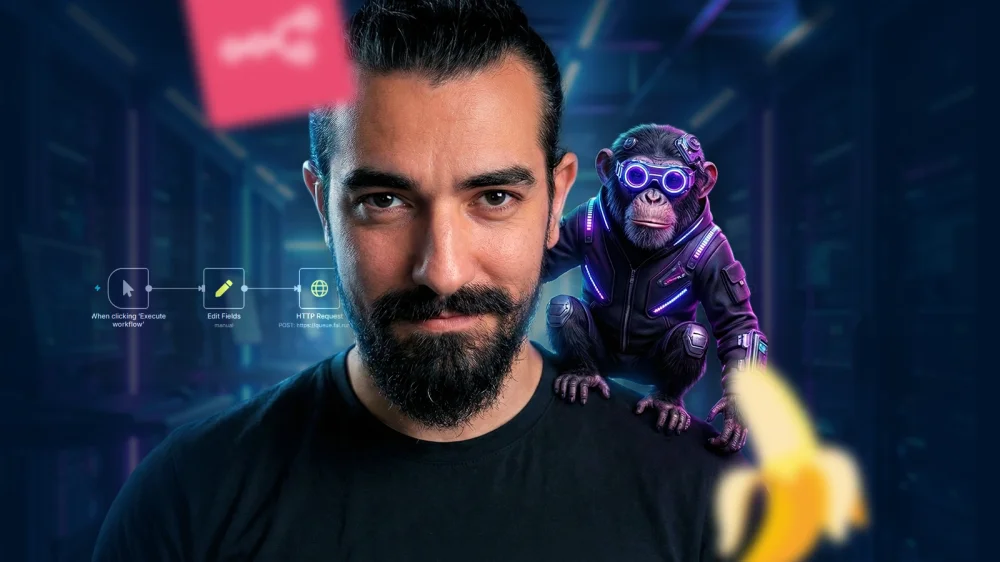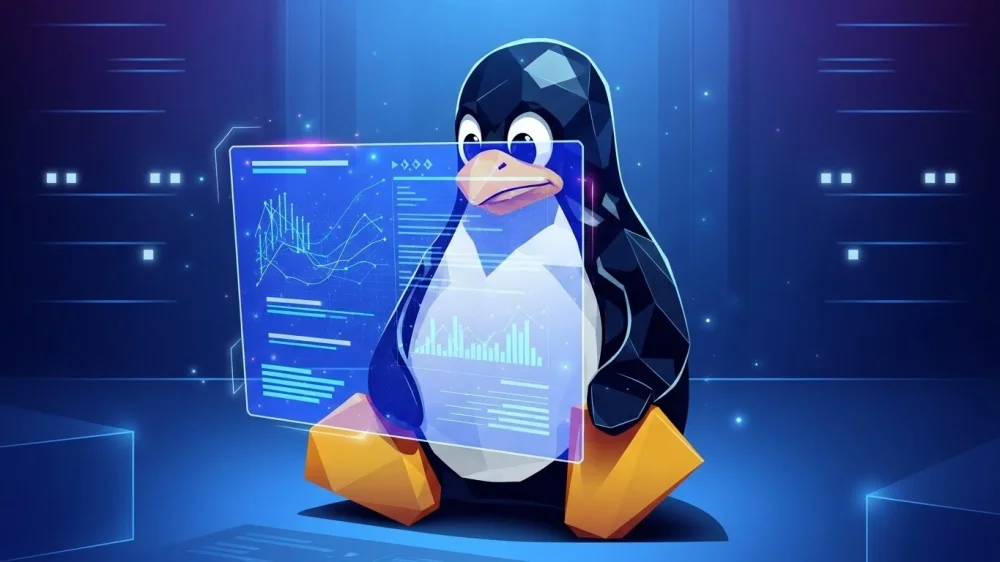Node.js is a popular tool for building applications, and keeping it up-to-date is important for better performance, security, and access to new features. In this guide, we will explore different methods to update Node.js, step by step, in a way that is easy to follow for everyone.
Using Node Version Manager (NVM)
NVM is a great tool for managing different versions of Node.js. If you don't already have it installed, you can set it up easily. Here's how:
Install NVM
For Linux and macOS users:
Open your terminal and run the following command:
curl -o- https://raw.githubusercontent.com/nvm-sh/nvm/v0.39.3/install.sh | bashRestart your terminal or run:
source ~/.nvm/nvm.shFor Windows users:
- Download the NVM installer from the NVM for Windows GitHub page.
- Follow the instructions to install it.
Update Node.js Using NVM
Once NVM is installed, you can update Node.js easily:
Check available versions:
nvm ls-remoteInstall the latest version:
nvm install <version>Replace <version> with the latest version number, for example:
nvm install 18.14.2Use the new version:
nvm use <version>To make it the default version:
nvm alias default <version>Updating Node.js with the Installer
If you prefer a more straightforward method, you can update Node.js by downloading the installer.
Check Your Current Version
Run this command in your terminal or command prompt to see your current Node.js version:
node -vDownload the Latest Version
- Visit the Node.js official website.
- Download the installer for your operating system.
- Run the installer and follow the steps to complete the update.
Verify the Update
After the installation is complete, check the version again:
node -vYou should see the updated version number.
Using Package Managers (Linux)
If you're on Linux, you can update Node.js using your system's package manager.
For Ubuntu/Debian:
Add the Node.js PPA (Personal Package Archive):
curl -fsSL https://deb.nodesource.com/setup_18.x | sudo -E bash -Replace 18.x with the version you want.
Update your package list and install Node.js:
sudo apt update
sudo apt install -y nodejsFor Fedora/Red Hat:
Add the Node.js repository:
curl -fsSL https://rpm.nodesource.com/setup_18.x | sudo bash -Install Node.js:
sudo dnf install nodejsWhy Should You Update Node.js?
Updating Node.js is important for several reasons. First, updates often fix security vulnerabilities, ensuring your projects stay safe. Additionally, newer versions of Node.js usually run faster and more efficiently, improving performance.
Updates also bring exciting new features that can simplify your development process and enhance your coding experience. Lastly, some tools or libraries may require the latest version of Node.js to work properly. Now that you know why updates matter, let's look at how you can update Node.js on your computer.
Conclusion
Keeping Node.js up-to-date is simple and brings many benefits. Regular updates will ensure your projects run smoothly and securely.

![The Most Cost-Effective AI Coding Agents in [year]: Claude, Cursor, Windsurf, or Antigravity?](https://www.devcrea.com/uploads/2025/12/cost-effective-ai-coding-agents-comparison-antigravity.webp)





Comments (0)
Sign in to comment
Report